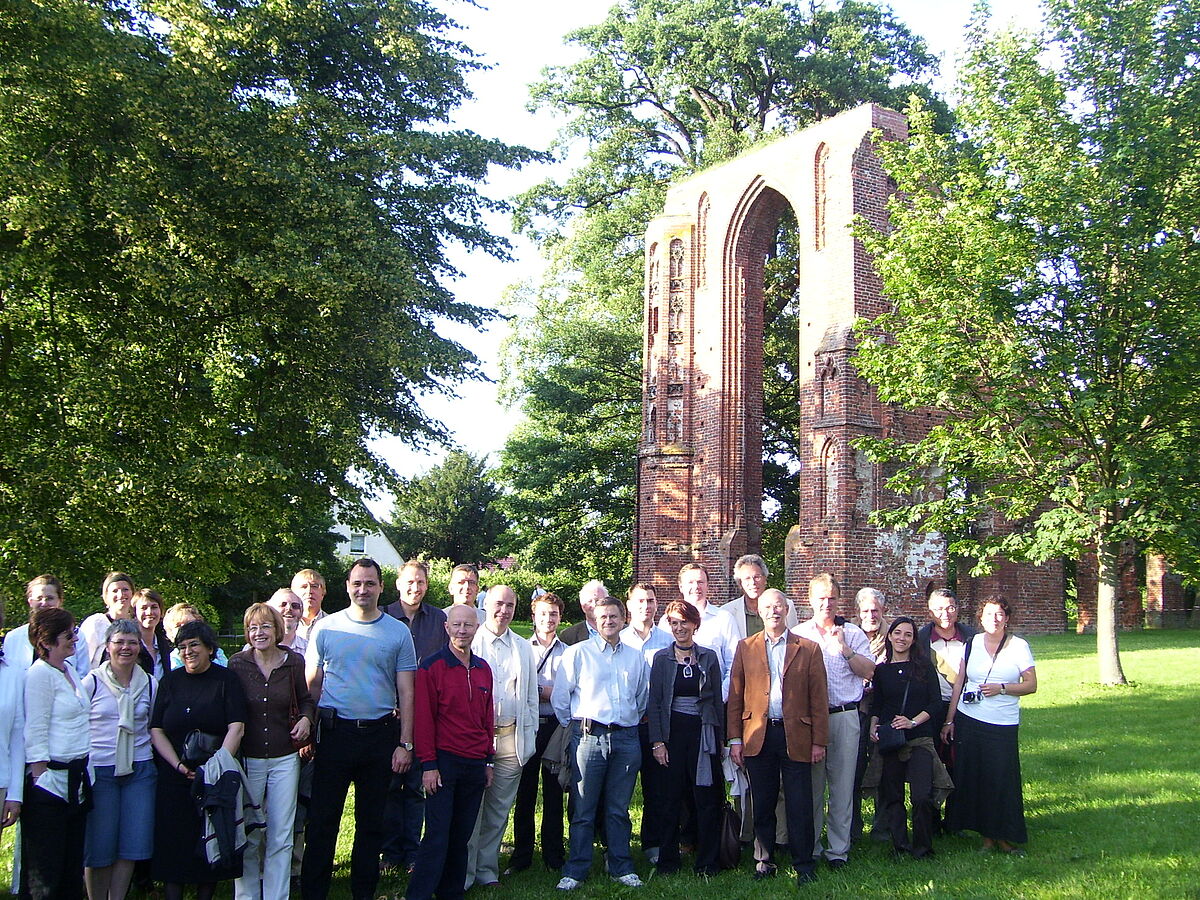Juvenile Justice Systems in Europe

In the last 15 years, youth justice systems in Europe have experienced considerable changes, particularly in the former socialist countries of transition.
However, differing and sometimes contradictory youth justice policies have also emerged in Western Europe, for example in the form of neo-liberal tendencies. In other countries – such as Germany for example – a moderate system of “minimum intervention” (priority of diversion and of educational measures) has been retained. In many countries, elements of restorative justice such as mediation, or/and family group conferencing have been implemented. The central questions for the future development of youth justice systems both in Eastern and Western Europe is: Where do we go from here? Will there be chances for a harmonisation of European youth justice policy towards a “European juvenile justice system”? And if yes, will it be geared more to neoliberal or to traditional educational, minimum intervention and/or restorative justice ideas?
Although some comparative work in the field of juvenile justice had already been conducted, there was still a lack of in-depth comparative research that particularly included the new EU Member States and candidates for accession. Some of the previous comparative research did not (or almost not) include middle and eastern European countries. Thus, a larger and more comprehensive effort of comparing juvenile justice systems was necessary.
The Juvenile Justice study started in April 2006 with a two–year grant from the AGIS programme of the European Union (JLS/2006/AGIS/168). The application to the AGIS-scheme of the European Union was made with the help of strong strategic partnerships to European juvenile justice experts, and – in addition to the University of Greifswald – financial support of two non-profit organisations who can be seen as specialists in the field of young offenders and promoting children’s rights: the Diagrama Foundation (“Fundación Diagrama Intervención Psicosocial”, Murcia/Spain) and the Don Calabria Institute (Verona/Italy).
Fortunately, an “excellence initiative” of the Federal State of Mecklenburg-
Western Pomerania supported the project with another two years grant which started in December 2008.
The research covered by the AGIS-project is divided into two parts, or phases:
The first phase of the project has been completed and the results are to find in the publication “Juvenile justice systems in Europe. Current Situation and Reform Developments” (see the link below). The publication is dedicated to an overview of the legal situation of juvenile justice systems, the development of reported juvenile delinquency (with special emphasis on problem groups like young migrants, violent and drug offenders etc.), the sentencing practice and the development of community and liberty depriving sanctions and measures in the Member States of the European Union, including the new members and (possible) candidates for membership. The national reports were prepared by domestic researchers in each country, in adherence to the same structural outline. The national reports are completed by several chapters which compare special issues of the national reports, such as diversion or community sanctions and measures and their application, pre-trial detention or juvenile imprisonment. Further concluding chapters describe different models of juvenile justice systems and the scope of juvenile justice systems (e.g. age groups).
The second phase of this project focuses on examples of good practices in each of the participating countries. These examples are described in a second national report. They shall be evaluated in terms of their practicability (including their adequacy for policy transfers to other countries) and their efficiency in reducing crime and rehabilitating young offenders. The publication of these reports will be finalised in 2012.
We wish to express our deep gratitude to the organizations funding
the project, particularly the European Commission, the Ministry of Culture and Education of Mecklenburg-Vorpommern, Diagrama Foundation and Don Calabria Institute. Last but not least we would like to thank all project participants for their effort and for the wonderful time we spent together while working on the project.
Database
Partner and organizations funding the project
European Union
ec.europa.eu
Diagrama Foundation
www.fondationdiagrama.be
Instituto Don Calabria
www.csben.it
Ministry of Culture and Education of Mecklenburg-Vorpommern
www.regierung-mv.de
